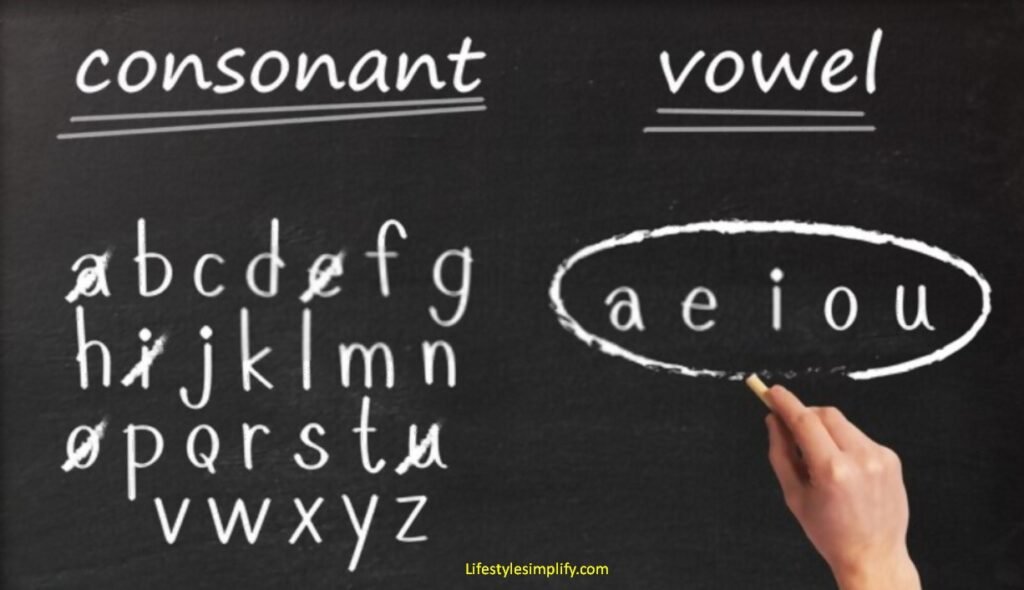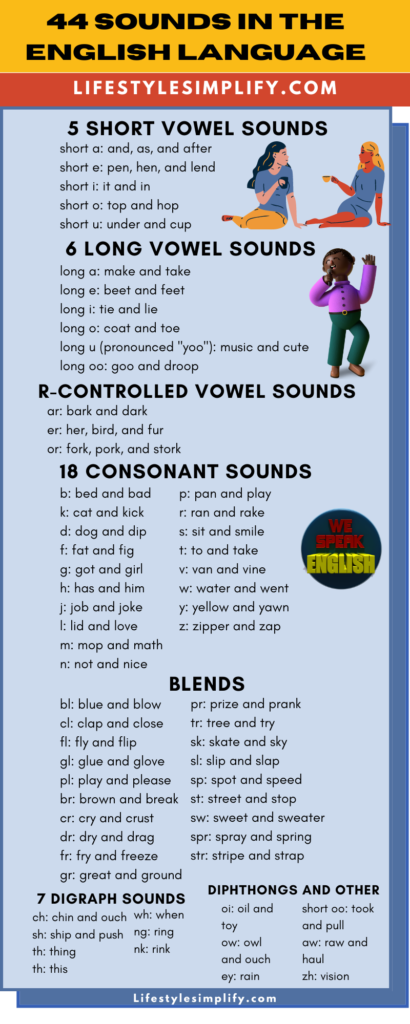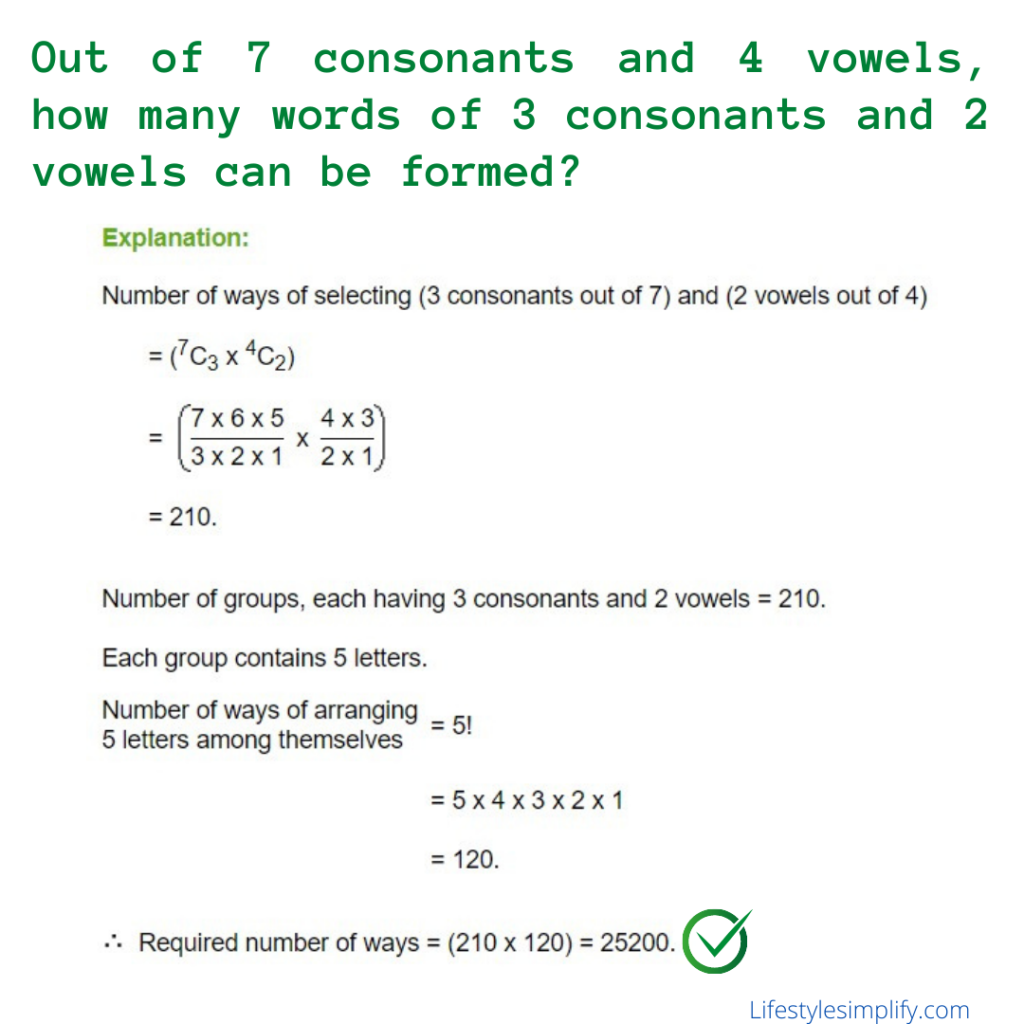Learn Vowels and Consonants in English
Vowels and Consonants in English Alphabet Learning: As we already know, language originated from speech; it is a collection of sounds strung together. Prior to writing, there is speech. It must follow certain rules of the structure of a particular language. The English alphabet has twenty-six letters. Each letter has a distinct sound. The same letter may produce different sounds when combined with other letters.
When we speak, we produce sound. To communicate effectively in English through the medium of speech, correct and distinct pronunciation is a must. While speaking, it has to be kept in mind that the speech must be understandable to the listener. This article will help you learn vowels and consonants in English alphabet.
What are Vowels and Consonants?
In the English alphabet, five of the letters (a, e, i, o, u) are vowels and the rest are consonants.
The letters actually sound together when you pronounce them. Pronounce these two words: 1. Apple 2. All – You will realise that the alphabet ‘a’ is pronounced differently in each case.
Now speak out the letters: ‘a’, ‘e’, ‘i’, ‘o’, ‘u’ and see how easily they roll off your tongue. Also, observe that your lips form different shapes and that your tongue, too, has to be positioned differently to produce each sound. Such sounds are known as Vowel Sounds and these 5 letters: ‘a’, ‘e’, ‘i’, ‘o’, ‘u’ are known as Vowels.
In English, there are two sets of vowels; short and long. Vowels that are short are called near vowels. On the other hand, longer vowels are called open vowels.
Essentially, English is a complex language. In fact, English has the largest inventory of vowel combinations in the world. Since English is written as if you are talking with your friend. English has 21 distinct consonants. Vowels are connected to consonants to form words.

The 5 Vowels in English Alphabet
A, E, I, O, U are the 5 English vowels in grammar. The sounds “A” and “I” are typically longer than the other three vowels. Most vowels are pronounced as “aa”, “oo” or “ah”. The letters O and U are almost identical and are pronounced with the help of the “U” only. There are a number of ways to pronounce vowels. It’s advisable to just go with standard English pronunciation for the most part.
Pronunciation and the English Vowels
Here’s How to Pronounce Each English Vowel:
- a: soft, a little longer than the other English vowels.
- e: short, this vowel sounds more like a sharp “e”.
- i: the sound of the letter “i” is a little higher than the sound of “o”.
- o: the sound of “o” is like a really, really long “o”.
- u: the sound of “u” is found in words like “bus” and “hum”.
Short vowels
When you pronounce the word ‘bid’, you require less time and effort. The vowel sound here is of shorter duration. Such vowel sounds are known as short vowels. Here are some more examples:
| Short Vowels Examples |
| Allow, Above, Attend, Add, Pin, Chin, If, Sink, Sit, Leg, Sketch, Egg, Bench, And, Band, Jam, Stand Foot, Wood, Would, Cook, Cot, Pot, Lot, Knot |
Long Vowels
Now, just pronounce the word ‘bead’. Here you take some extra time and effort to pronounce it. That is to say, the vowel sound here is of a longer duration compared to the previous one. Such vowel sounds are known as Long Vowels. Here are some more examples for you.
| Long Vowels Examples |
| See, Free Saw, Law Food, Pool Bird, Curd, Card, Far Safe, Made, Ride, Side, Boy, Toy Go, Home, Now, Found, Sound, Foul |
The 21 Consonants in English Alphabet
Consonants List: B, C, D, F, G, H, J, K, L, M, N, P, Q, R, S, T, V, W, X, Y, Z are a total of 21 consonants in the English language. Consonants are those speech sounds that are made when the mouth is closed, but with air in the lungs. To be able to learn how to pronounce these consonants correctly, you need to understand English vowels and how they’re used together with voiced consonants.

Vowels and Consonants Sounds in English
Within the English language’s 26 letters, there are approximately 44 distinct sounds referred to as phonemes. Combining the 44 sounds allows for clear differentiation between various meanings. The sounds are represented by a variety of letters and letter combinations called Graphemes.
There are two major categories of sounds in English: consonants and vowels. In English, there are 19 distinct vowel sounds, which are organized into five short vowels, six long vowels, three diphthongs, two ‘oo’ sounds, and three types of R-controlled vowel sounds.
Most of the words in a foreign language cannot be pronounced by native speakers. As you may have guessed, that is why the International Phonetic Alphabet was created: so that you can identify and pronounce any word in any language, anywhere in the world. The International Phonetic Association (IPA) was established in Paris in 1886. The current IPA includes 107 phonetic symbols, 52 accents (diacritics) and four prosodic marks (intonations).

Vowels and Consonants Worksheets PDF
Here is the vowel and consonant chart PDF Link: Download
Conclusion
English is the most popular language spoken in the world. If you wish to learn English, then it is recommended that you know the Common English Alphabet first. This will help you to learn some basic English pronunciation without depending on a dictionary. You can also assist yourself by using any English alphabet learning app from the Google Play Store. It’s only through words that we speak and communicate. There are two ways to pronounce words when you read or speak English. By pronouncing correctly the words, you can understand the grammar of English and also learn to write your vocabulary.
FAQ:

![]()


